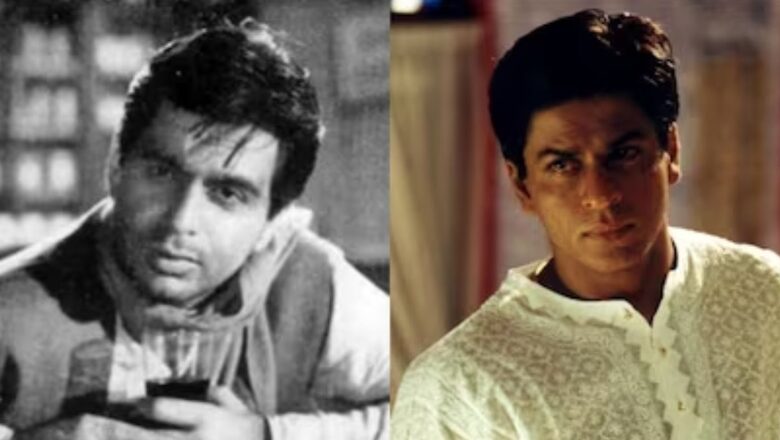
views
The film industry has long embraced the practice of adapting novels into movies, with recent examples like the hit web series Freelancer, based on Sirish Thorat’s novel Trip To Syria, making waves. Similarly, Chetan Bhagat’s novels, such as Half Girlfriend, Kai Po Che, and 2 States, have been successfully translated to the big screen. This trend of turning novels into successful films traces back to the iconic Devdas, adapted from the work of Bengali novelist Sarat Chandra Chattopadhyay.
Sarat Chandra Chattopadhyay not only played a pivotal role in promoting Bengali culture through his novels but also became synonymous with cinematic success through adaptations of his work. Devdas, written in 1901 and published in 1917, has seen 15 film adaptations in seven languages over the years. The characters from the novel penned 106 years ago, continue to resonate with audiences.
Renowned Bollywood director Sanjay Leela Bhansali added his touch to the legacy with the release of Devdas in 2002, starring Shah Rukh Khan, Aishwarya Rai, and Madhuri Dixit. This adaptation, one of the most expensive films in Indian cinema at the time, garnered immense popularity and emerged as the highest-grossing movie of the year. Even before Bhansali’s version, Dilip Kumar had left an indelible mark with his portrayal of Devdas in the 1955 film directed by Bimal Roy.
The cinematic journey of Devdas began in 1928, marking the first time the novel was adapted to the screen. Director Naresh Mitra not only played the lead role but also served as the cinematographer during the era of silent films. Over the years, the story has been brought to the screen 15 times, with seven films made in Indian languages alone.
The 2002 release of Devdas made headlines for various reasons. Sanjay Leela Bhansali dedicated two years to the film’s production, creating elaborate sets and investing heavily in the actresses’ costumes. Reportedly, the brothel scene in the movie was crafted for Rs 12 crore.
Devdas continues to be a prime example of the enduring appeal of novel-to-film adaptations, capturing the imagination of audiences across generations and solidifying its place in the rich tapestry of Indian cinema.




















Comments
0 comment